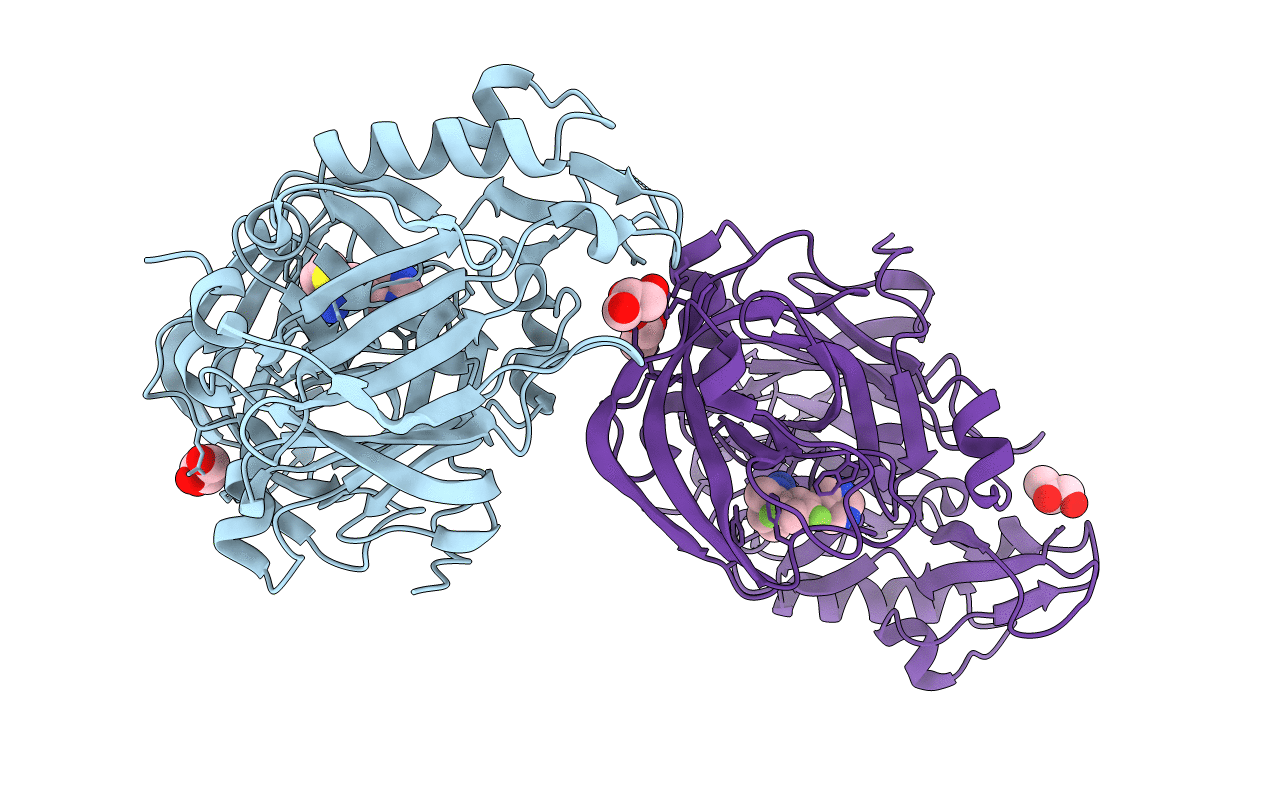
Deposition Date
2015-02-18
Release Date
2015-04-01
Last Version Date
2024-10-23
Entry Detail
PDB ID:
4YBI
Keywords:
Title:
Crystal structure of BACE with amino thiazine inhibitor LY2811376
Biological Source:
Source Organism:
Homo sapiens (Taxon ID: 9606)
Host Organism:
Method Details:
Experimental Method:
Resolution:
1.84 Å
R-Value Free:
0.22
R-Value Work:
0.17
R-Value Observed:
0.17
Space Group:
P 21 21 21


